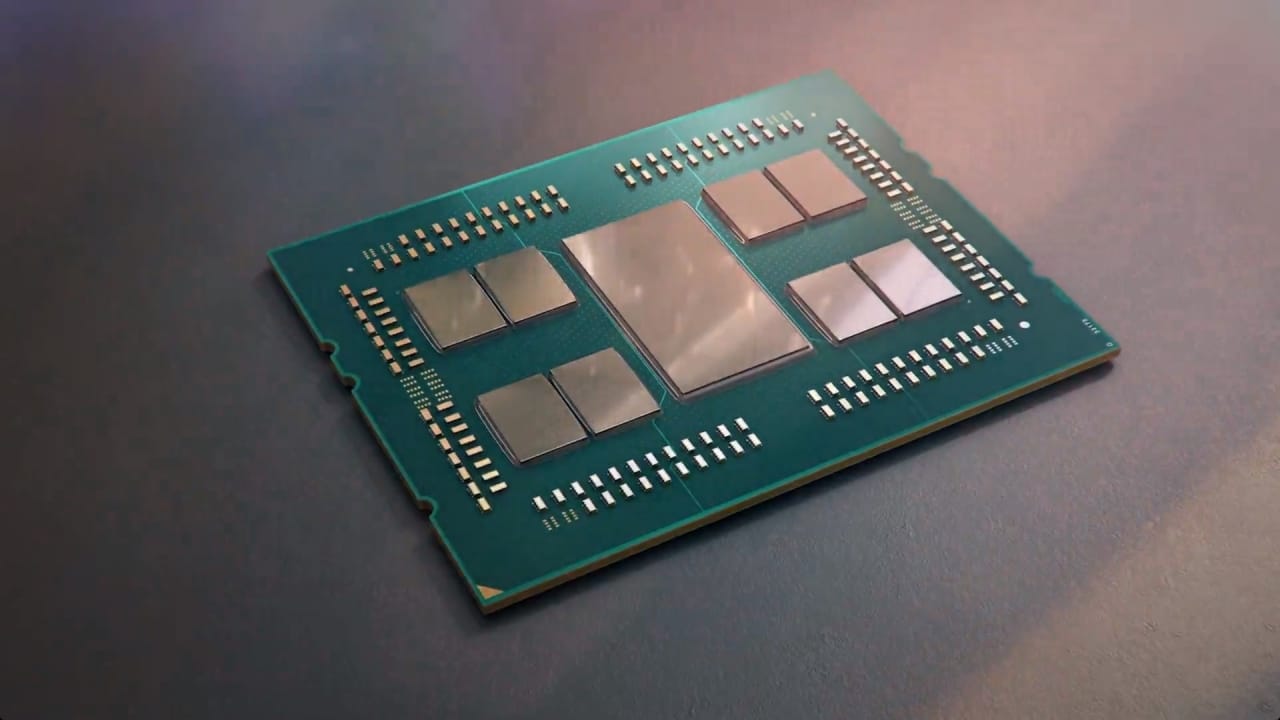The manufacturing technology for graphics circuits and processors has in many places stepped down several nodes, but manufacturing all the parts on a piece of silicon is no longer a matter of course. In the context of processors, AMD uses chiplet– think for increased modularity and to be able to use various advanced technologies, while Nvidia is also looking at Multi-Chip Modules (MCM) for the future architecture “Hopper”.
With dedicated hardware for ray tracing and a large number of CUDA cores are Nvidia’s graphics chips, where the GA102 from the Geforce RTX 3090 has a surface area of 628 mm², manufactured on Samsung’s 8 nanometers. AMD’s Navi 21 in the Radeon RX 6900 XT stays at 520 mm², but now a recent patent is gossiping that the latter company has plans to break up the circuits on the graphics side as well.
The US Patent Office received AMD’s application in June and since December 31, 2020, it is public. Videocardz reports on the content, which consists of both text and explanatory illustrations. As a starting point, AMD presents the problems that have kept the industry afloat with monolithic graphics, where distribution of work and synchronization of memory are examples. The patent proposes a way around the difficulties, with passive links with high bandwidth in the center.
These links connect several graphicschiplets, which are mounted on the same substrate (interposer) and together with other components form a system circuit (SoC, System on a Chip). One chiplet per SoC has direct connection to the processor, while each chiplet in addition, has its own cache synchronized with other cache devices. At first glance, the layout is reminiscent of several separate graphics cards.
For those who want to improve in detail, the patent can be read in its entirety via the site Freepatentsonline, but regardless of details, questions remain about when, if and in what contexts the technology may be relevant. The next stop on AMD’s graphics horizon is more RDNA 2 cards under the top segment, which is why news about consumer cards with MCM technology is probably a bit ahead of time. At present, however, Intel has shown evidence that its own Xe architecture is a workable solution in a server context.















